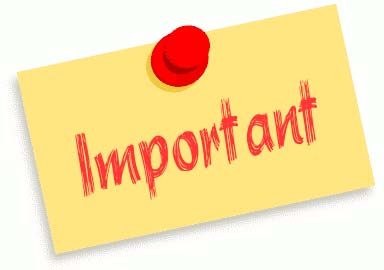
However, that wouldn’t be very effective.
The trick is not creating elearning, it is creating effective elearning.
There are many different suggestions and instructional design strategies for optimizing elearning effectiveness, but those can sometimes be too narrow (or specific), and as a result they are not always applicable to the content at hand.
3 Components of Effective ELearning
Anyone can tell you about specific elearning development strategies, tools, and tricks to help increase effectiveness – and all of them may very well work.
Looking at this from a different perspective, your elearning courses will do so much better if they are useful, usable, and desirable. With this in mind, you can then figure out the best instructional design practices and programs to meet each one of these components.
Useful: Will the learners find the content useful to their jobs or in acquiring a new skill? To help with this, the content should be tailored to fit real-life situations. Navigation of the course should be simple and the learner should know throughout the course if they are on the right track.
Usable: Don’t get caught up on the fancy menus and tools – simplicity is key. The material should be readable, images crisp, objectives well stated, and interactive elements should all work as expected.
Desirable: The course content should attract and influnce the learner – to do this you should appeal to both their emotions and logic. Use case-studies where possible to show how the new information is applicable, and why it is good.
Source:
Shift ELearning

Justin Ferriman
@LearnDashLMS






